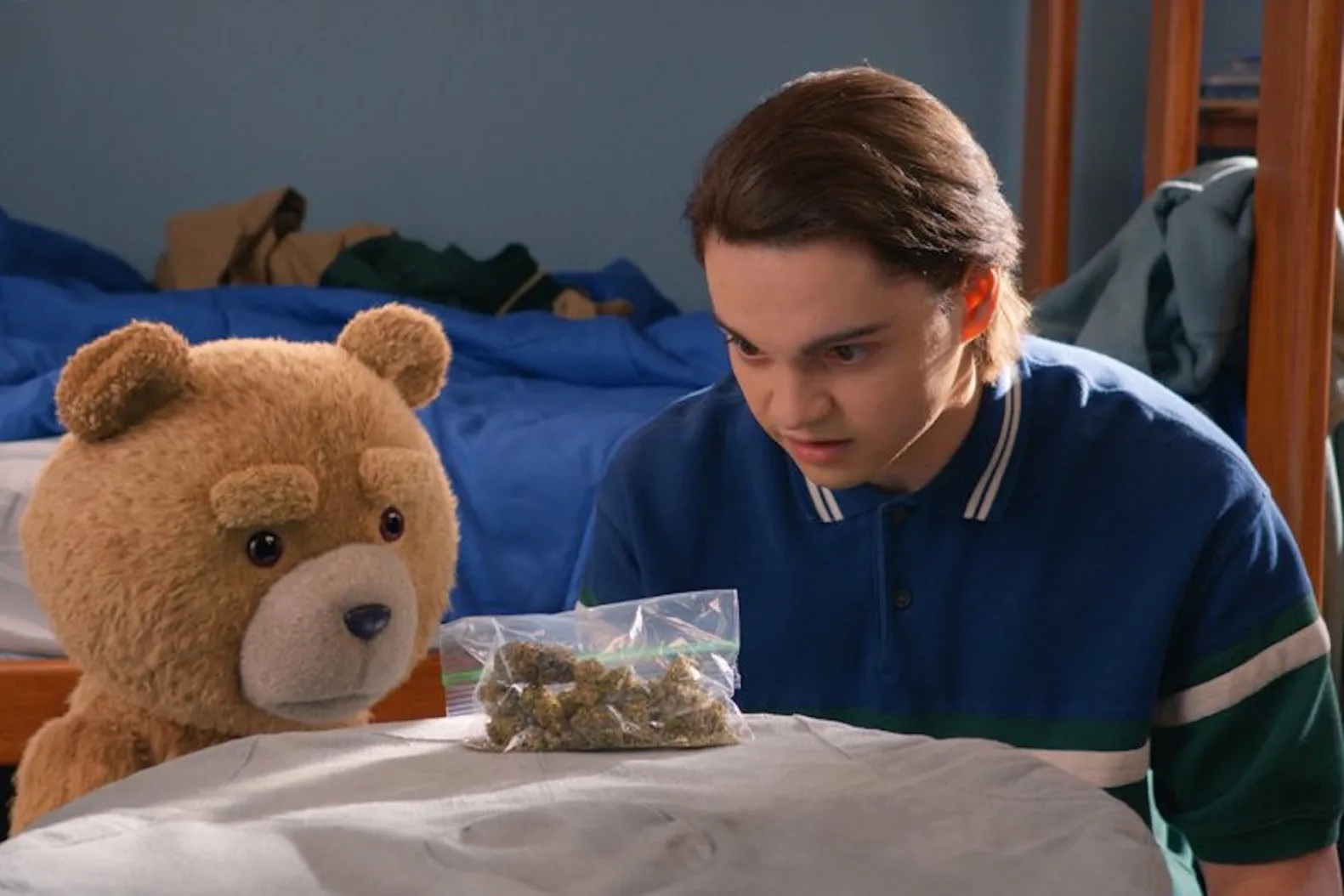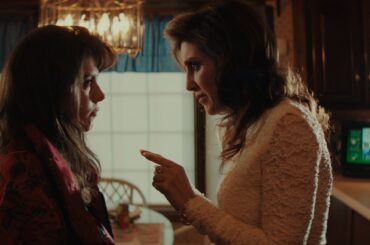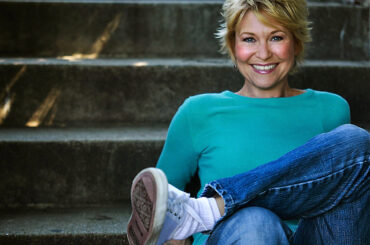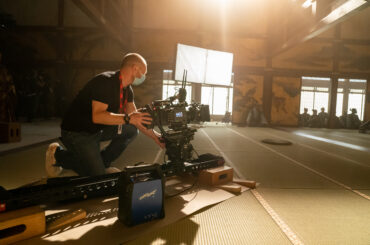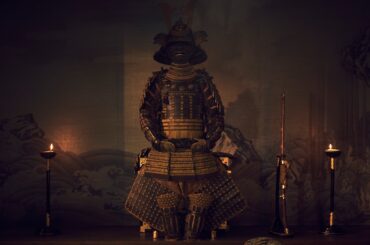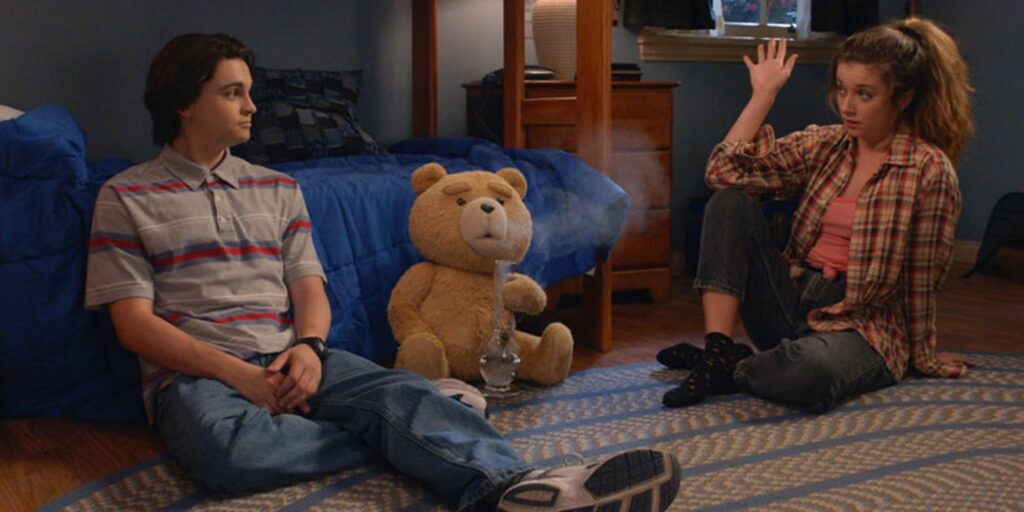
Visual effects guru Blair Clark has worked on some of the world’s favorite movies. Back in the ’80s, he contributed to Innerspace, Gremlins, Indiana Jones and The Last Crusade, Willow, and — get ready to squeal, geeks — he did the stop-motion armature for ED-209 in RoboCop. He later reunited with director Paul Verhoeven for Starship Troops.
“Those two [Verhoeven] movies where I transitioned from practical hands-on stuff to digital stuff, being a lead animator on Starship Troopers,” Clark told Immersive, “that’s all on the computer.”
In the more digital-dominated world of the 21st Century, Clark has continued to collaborate with director, produce, and star, Seth MacFarlane. For both Ted movies and the new Ted series, Clarke was the visual effects supervisor. Clark and VFX artists make audiences not only believe in the titular teddy bear, but also to fully embrace him, character flaws and all.
Recently, Clark spoke with Immersive Media a bit about his career, how Ted continues to evolve, and making computer-generated comedy.
How were the ‘80s for you? Were they as fun as they sounded?
It was great. I’ve always considered myself just extremely fortunate to start when I did and work on the shows that I did. They all kind of fluctuate from being memorable to forgettable, but every single one of them, I’ve got fond memories of and friends that I still have to this day. It was just fun and ideal.
Do you ever have that experience working on something where you thought, this might be really good?
Yeah, you do. Sometimes you’re not even thinking about how it’s going to be; you’re just concentrating on the work. A lot of the ones, especially in the mid-80s at ILM, I worked on a lot of shows at the same time. You’d be so concentrated on the work, you never really gave it thought. Then when it did become popular, you’d been like, “Wow, that, that’s great.” Nightmare Before Christmas, everybody knew it was going to be special, but nobody had any idea about what it’s become. That’s just huge.
Thank you for sharing that. For your work on the Ted franchise, how’d the production schedule on the show compare to the movies?
I think that was the main difference. Schedule-wise, I had never really done any episodic work at all. It had always been features. I had come in kind of nervous because you’d hear so many stories about the pace of TV, and I don’t know how to do this in any other way than we did on the feature.
I overheard people comment that this was a lot more like a feature than an episodic show, and it was just because of the way Seth worked. The idea for the show was to be the features, not look like a TV version or any kind of deviation from it. I think the filmmakers took that to heart and said, “We shouldn’t alter it too much from the way we did the features.”
The post schedule, I don’t remember how long it was, but it was a lot shorter than we had on the features. On the features, there was time to explore. For the show, we had learned so much and learned all the shortcuts and the character from the features, so you didn’t have to explore all that stuff very much.
What was some trial and error from those first two movies? What were some of those learning curves by the time you got to the show?
On the first show, it was definitely a learning experience and getting honed in on what Seth was hoping, and fine tuning the character to that. Also, how to deviate from Seth’s performance a little so that Ted was Ted, not just Seth in an animated bear suit. It just took on a life of its own. You get animators putting their own little nuance in it, and then we would find what worked and what didn’t.
How much did you and Seth have to talk to effects vendors about comedic timing?
Well, luckily we had Seth available all the time, and that’s very in the forefront of what’s important to him: character and performance. A lot of it is right there in his mo-cap. I would say more than anything, that was the best resource for what we used for the timing.
You might deviate from poses and stuff, but you could always count on his timing being dead on all the time, and it never changed. He would do multiple takes and the beats and the exclamatory points of each little joke and everything always hit the same exact time.
There’s so much comedy in Ted’s limitations, but what are the technical complexities behind those limitations?
Was the most surprising thing for anybody new, like a new animator or a company that was introduced late into having to make some Ted shots, they would always be surprised at how difficult it was because he is so simplistic. There’s not a lot of stuff. His eyes don’t move. You’ve got eyebrows, mouth shapes and ears sometimes, and then kind of pantomime poses, and that’s it.
I think the tendency when we would see it kind of go wrong would be when they would try to overcompensate for that and push it too far. It would start entering that world of it’s too cartoony; he doesn’t have to overact to get his point across. The less subtle things always played better.
Even with the first movie, was there a discussion about whether Ted’s eyes should move or not?
We were concerned. I remember vaguely that being a question to Seth, “Should they move?” And he was like, “No.” You ask Seth something and he’ll give you the answer, and it rarely will deviate from that. You’ll see somebody that’s trying to convince him of something. And he’d be like, “Eh.” You just know it’s a “nope,” it’s going to come back to that exact thing. God, he’s always right with his calls.
He did less performance capture this time when shooting versus the films, right?
Yeah. I think a lot of that was because there was just more going on. He had multiple actors. Sometimes four or five in a scene. So, doing that and then doing mo-cap on top of that, it’s just too much. We had him do all this mo-cap in post, which is also crazy because he’d be doing it to playback. Usually, somebody would be like, “Oh, the timing went a little astray here.” Never. It was always to the frame, just crazy.
My immediate assumption was that would be an arduous process.
It normally would be of somebody trying to get the pantomime to line up with the playback, but never a problem for him. We didn’t do mo-cap during principal photography, but he did record all of the lines live with the other actors.
How did ViewScreen help on your side of things?
ViewScreen was mainly used for the camera operators. It was piped into their cameras in their feed so they could get a representation of where Ted would be in a scene, so they could just compose to him naturally. On the features and on the season, we’d do a stuffy pass where we had a teddy bear that looked like Ted and was the same size and stuff. It’d usually be our coordinator, Allie [Mitchell] or myself, puppeteering it for the first take.
We’d shoot that, and that would be a lighting reference for the CG artists later to go, “Oh, the light’s hitting. The rim light is really strong here.” It’d also give the actors he’s acting with an idea of where he’s going to be during the scene.
The ViewScreen was pumped into the camera operator’s viewfinder, so they had the option of where they could see where he would be. Brandon Fayette, who created the ViewSreen, he would kind of puppeteer the digital bear. It would always be somewhat accurate, but it was really helpful for their operators.
And then, in post, they did some stuff with ViewScreens so that the editors had something to cut into the empty plates for studio screenings and things like that, just to fill in the gap story-wise.
What are your collaborations with cinematographers on Ted like?
Well, luckily on this we’ve got two features that we can use as examples of where he looks best. Seth’s always commented, and it’s true, Ted looks amazing when he’s got a back rim light kind of lighting up one edge, because you pick up all the fur detail and you see little things, little pieces of dust falling off, flying off of him.
You give them the information that you have and examples, and you have to let them do their job. They a lot more skilled at how to light things and stuff than I would be. I don’t want to get in their business too much other than the things that we absolutely need to do our jobs, but it’s not at the risk of altering how they work.
As someone who started off in the world of practical effects, how do you strive to mix the two? Even with CGI, are there certain practical qualities you want?
Oh yeah. I mean, you pointing out that I had a practical background [in the beginning], I draw on that constantly. It’s always important to me to mix the stuff as much as possible. The easiest thing to point to in the Ted features and the series is when he and John pass a bong back and forth. You have to have a little bit of a handoff from a real prop to a digital one when Ted grabs it. We try to overlap that as much as we can, so that it’s seamless, but the artists do such a great job with the water simmering in the bong and the smoke.
It’s really a testament to their talent. There’s stuff that’s just crazy in there to where we’ll give them the brief of what it has to do, and sometimes they come back with stuff that’s just like, I had no idea. One of the little examples that made such a huge difference was during the dinner scene. At one point Seth said, “He should have some food in his mouth. He’ll be chewing, then stop to listen, and react to something with his mouth open and you see the food in there.” It was just great. They did such good work. It was so fun to just see what would come from them.
Ted is available to stream on Peacock.


